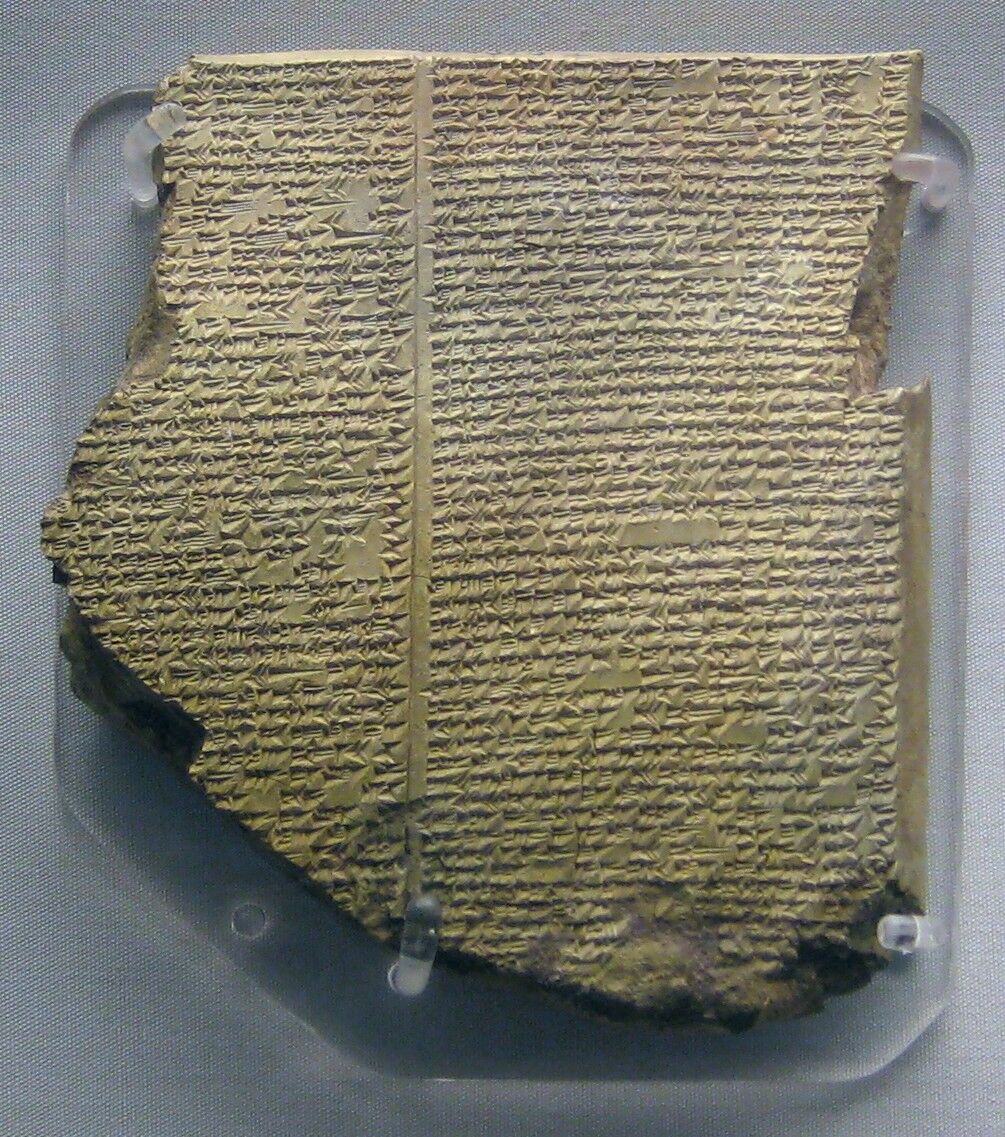Writing was an important asset to Mesopotamian civilization. Its inhabitants used it in various areas of daily life: mathematics, economics, politics and culture.
Writing contributed to the development of mathematics. Before writing, the Mesopotamians used small clay balls to record quantities. With writing, it was now possible to write down these calculations, which greatly contributed to the development of mathematics in Mesopotamia.
Writing also met the political needs of a civilisation's inhabitants. It enabled the drafting of official agreements, the communication of laws and the recording of income taxes.
Economically speaking, writing is used to formulate sales contracts and keep accounts of commercial transactions.
Finally, writing helps to meet society's cultural needs. It makes it possible to keep a record of the stories, tales and legends surrounding a society. It is also used to transmit knowledge and preserve religious texts.
The chart below illustrates the fields in which writing is used, the needs that are met by writing and examples of documents from the period.
| Fields |
Needs |
Examples of documents |
| Mathematics |
|
|
| Politics |
|
|
| Economic |
|
|
| Cultural |
|
The Mesopotamians practised a polytheistic religion, meaning that there were several gods. Like Mesopotamian society, the religion was highly hierarchical: each deity had his or her own role and responsibilities. Moreover, the gods were not all equally powerful.
In Mesopotamia, the gods and goddesses were very much like human beings: they had a human appearance and human characteristics (qualities, flaws, strengths, weaknesses, emotions). The main difference between gods and humans is the immortality of the deities.

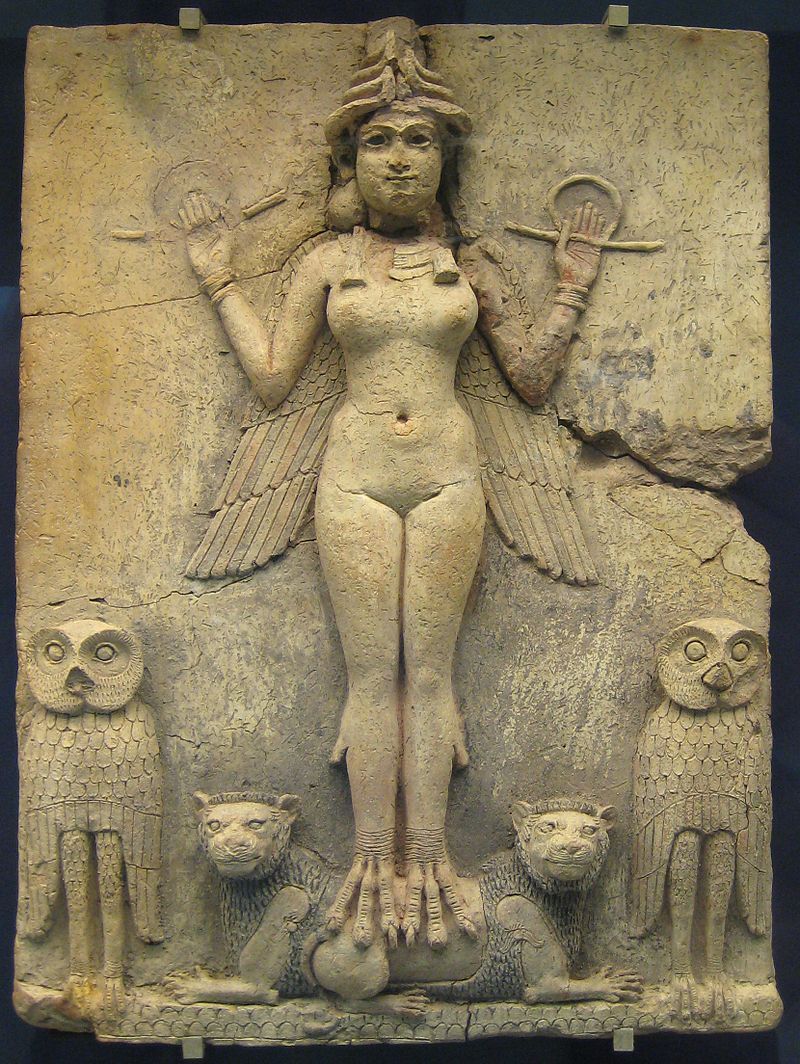
Each city has its own temples, including the zigurats.
A ziggurat is a building that is usually part of a religious complex. A ziggurat is a pyramid with several storeys, the top of which may have housed a temple.
It was writing that enabled the Mesopotamians to draw up plans for great edifices such as ziggurats, temples and royal palaces. One of the best-known ziggurats is the Ziggurat of Ur.
As writing played a major role in Mesopotamian civilization, a number of documents were created on which different forms of writing can be found. The Mesopotamians wrote epic poems, mathematical texts, medical treaties and more. Here are just a few examples:
The Mesha Stele
Around 850 BC, King Mesha had a list of the cities he had conquered and his major constructions engraved.
The Plimpton 322 tablet
This tablet was written around 1800 BC. The columns of numbers inscribed on it demonstrate the great mathematical knowledge of the Mesopotamians of the time.
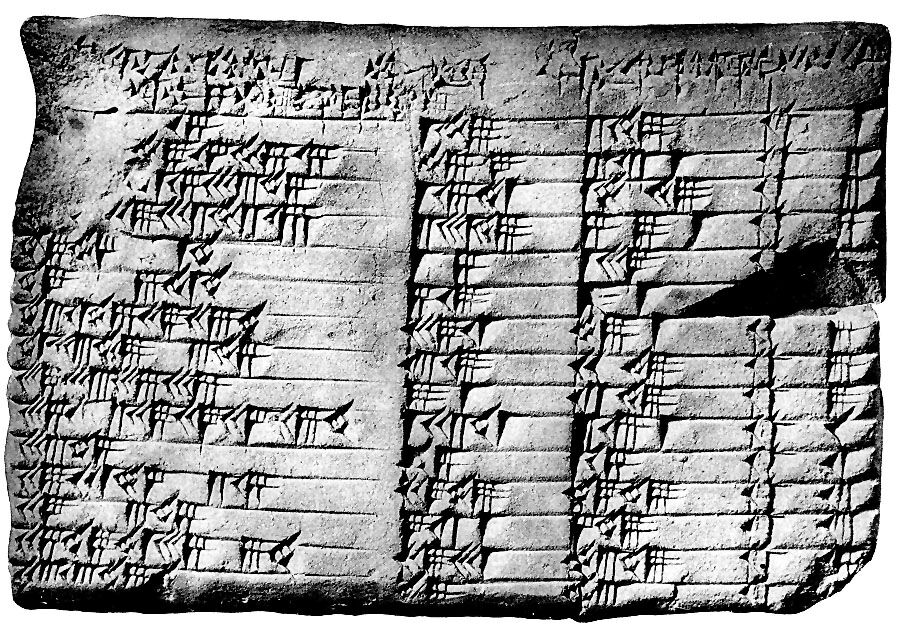
The cadastre of Dunghi
A cadastre is a plan showing the boundaries of an area or property. Thanks to the cadastre, a landowner knows the boundaries of his property and the authorities can determine the amount of income tax to be paid in relation to these boundaries. The first cadastre found, in the 4th millennium BC, is that of the city-state of Dunghi. The term cadastre is still used today in the real estate sector.
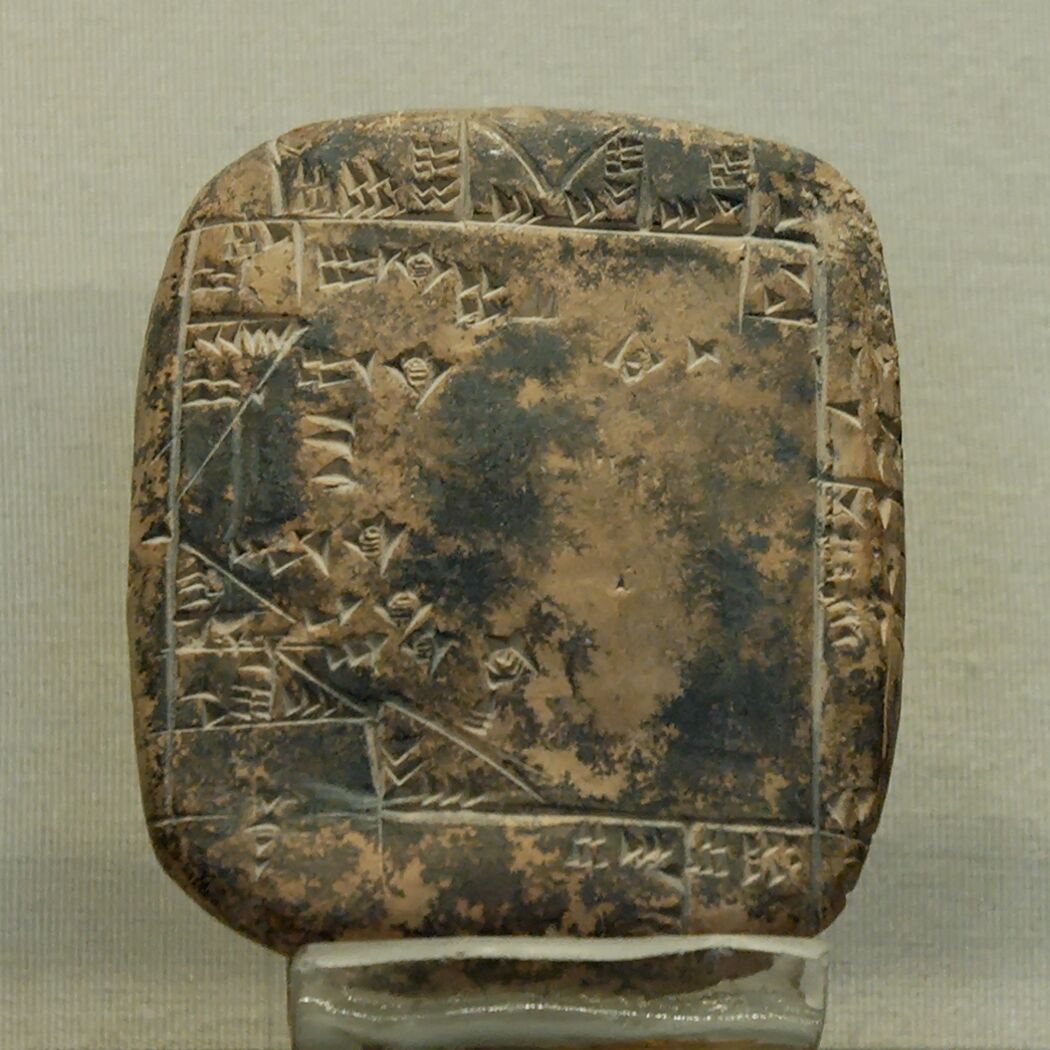
The Code of Hammurabi
Written in 1,800 BC on a stele more than two metres high, this document sets out the laws to be observed and the consequences of breaking them in the city of Babylon under the reign of King Hammurabi. More information on the Code of Hammurabi can be found in our fact sheet entitled: Social organisation in Mesopotamia.
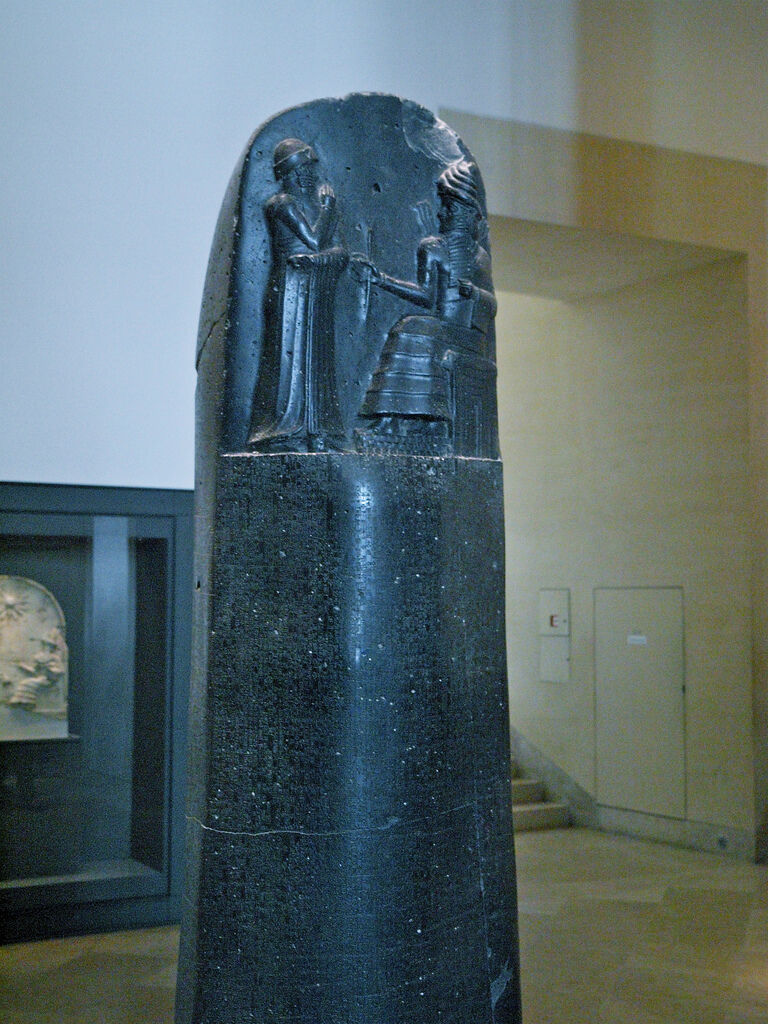
The Epic of Gilgamesh
This document contains the oldest written legend ever found by archaeologists. The text recounts the adventures of King Gilgamesh, who reigned over the city of Uruk around 2,600 BC. According to the legend, King Gilgamesh set off in search of immortality. He eventually found a plant that gave him immortality, but it was stolen by a snake. In the end, he resigned himself to the fact that human beings were not made to be immortal and that such a quest was pointless. This document provides a great deal of information about the religious beliefs of the Mesopotamians.
